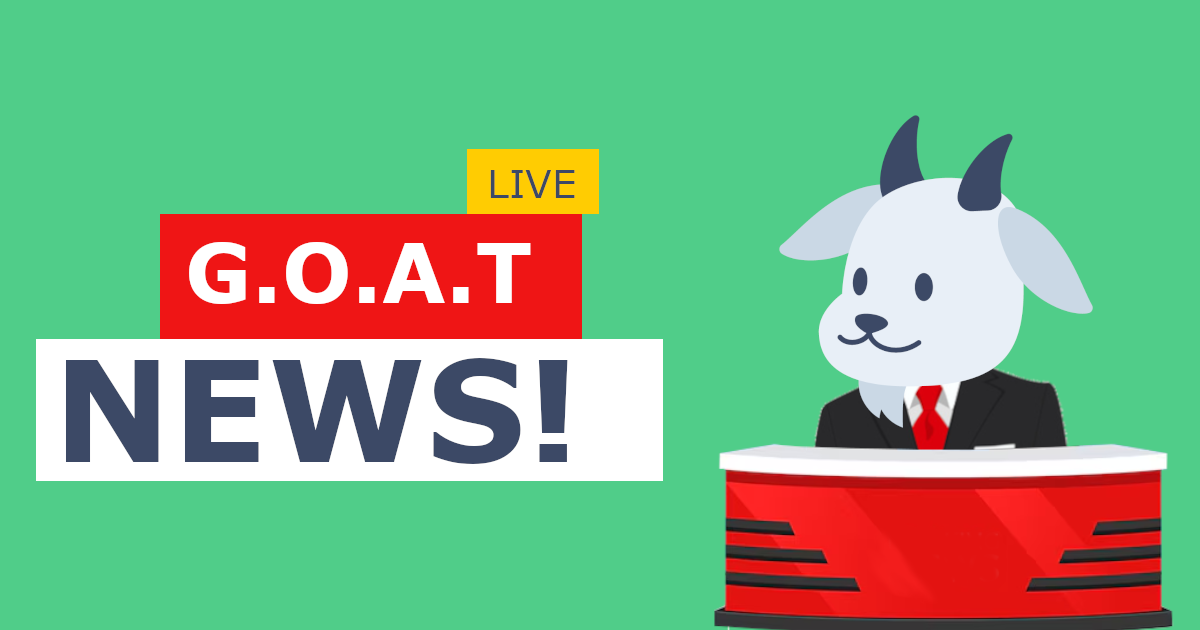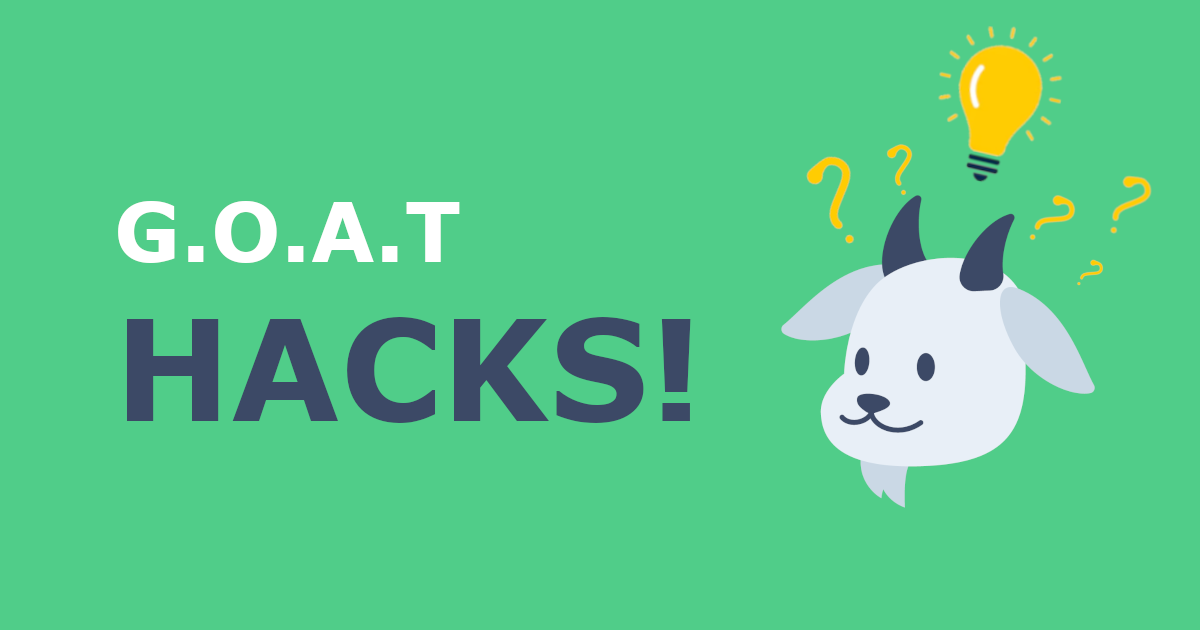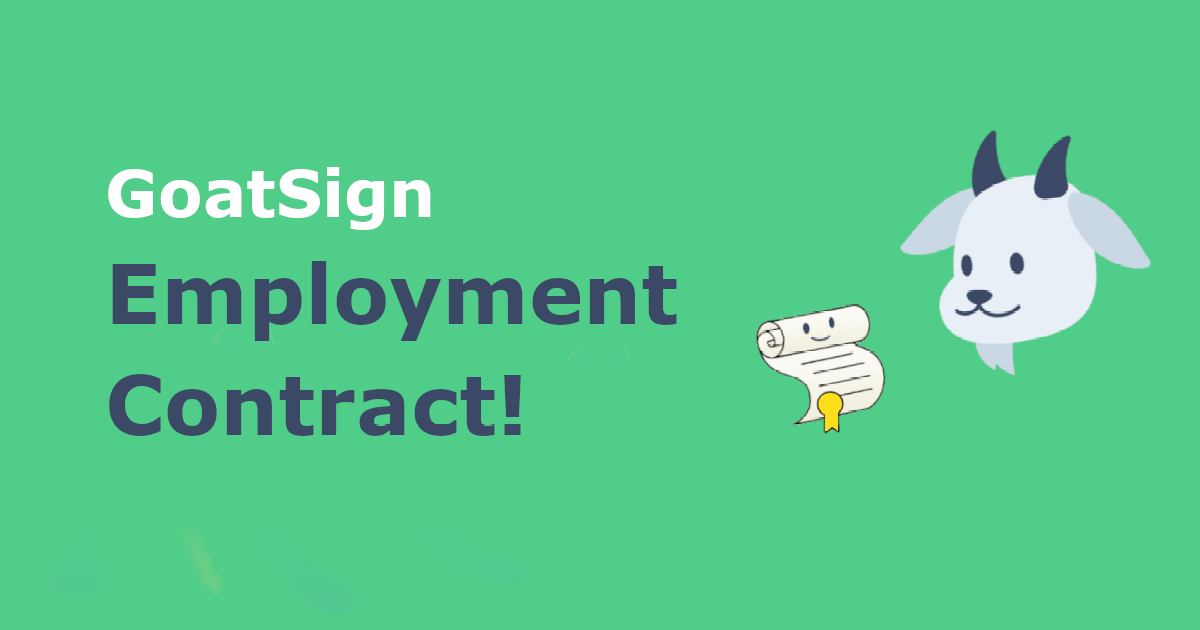Posted By : Malthe Vinter 03.02.2025
GOAT News: Understanding eIDAS 2.0

The new year isn’t just about resolutions - it’s about regulations too! As we step into 2025, one of the biggest shifts in the digital trust landscape is eIDAS 2.0. If your business relies on electronic signatures, digital identity, or cross-border transactions, this regulation is a game-changer. Buckle up, because we’re diving into what it means for you.
What Is eIDAS 2.0 and Why Should You Care?
For official details on eIDAS 2.0, check out the EU’s digital strategy and the European Digital Identity Regulation. More technical insights are available in the EUDI documentation on GitHub, and you can read the full legal text on EUR-Lex.
The Electronic Identification, Authentication, and Trust Services (eIDAS) Regulation is the EU’s framework for electronic transactions, ensuring secure, seamless, and legally recognized digital interactions across member states. The original eIDAS (2014) set the foundation, but eIDAS 2.0 takes it up a notch by:
- Expanding remote signing capabilities
- Strengthening security and trust in digital identities
- Introducing the European Digital Identity Wallet (EUDI Wallet)
- Enhancing cross-border interoperability
For businesses and legal professionals, this means greater efficiency, compliance, and digital trust - but also new requirements to prepare for.
The European Digital Identity Wallet: Your New Digital Passport
One of the biggest updates in eIDAS 2.0 is the European Digital Identity Wallet (EUDI Wallet). Think of it as your all-in-one digital passport, allowing citizens and businesses to:
- Store and share government-issued IDs, financial data, and digital signatures securely.
- Access public and private sector services with seamless verification.
- Sign documents with legally recognized signatures.
With the EUDI Wallet, users no longer need to juggle multiple verification methods - it’s all in one place, making digital interactions faster and safer.
How eIDAS 2.0 Impacts Digital Signatures and Remote Signing
For companies using electronic signatures, eIDAS 2.0 significantly expands their capabilities. Here’s how:
- Stronger Authentication Requirements
Digital signatures under eIDAS 2.0 will require multi-factor authentication (MFA), reducing fraud risks and ensuring the highest level of trust in online transactions. - Cross-Border Recognition Gets Even Stronger
eIDAS 2.0 enforces automatic recognition of electronic signatures and trust services across the EU, eliminating the headaches of dealing with multiple national regulations. - More Flexibility for Remote Signing
Businesses will benefit from enhanced remote signing options, ensuring legally binding agreements without the need for in-person verification.
What Businesses Need to Do to Prepare
The changes are exciting, but businesses must adapt to remain compliant. Here’s how:
- Upgrade to eIDAS-compliant digital signature solutions: Platforms like GoatSign provide simple electronic signatures that align with the latest EU requirements.
- Implement stronger authentication measures: MFA and advanced verification processes will be key in the new digital landscape.
- Prepare for the EUDI Wallet: Businesses should ensure they’re ready to support this new identity standard.
- Stay informed on security enhancements: Read more about GoatSign’s security standards to see how it aligns with eIDAS 2.0.
Final Thoughts: The Future of Digital Identity is Here
With eIDAS 2.0, Europe is setting the gold standard for digital trust and seamless transactions. Whether you’re a business owner, legal professional, or digital innovator, now is the time to embrace these changes.
Ready to future-proof your digital transactions? Check out how GoatSign supports eIDAS and helps you stay ahead of the game.
Stay Secure. Stay Compliant. Stay the G.O.A.T.


